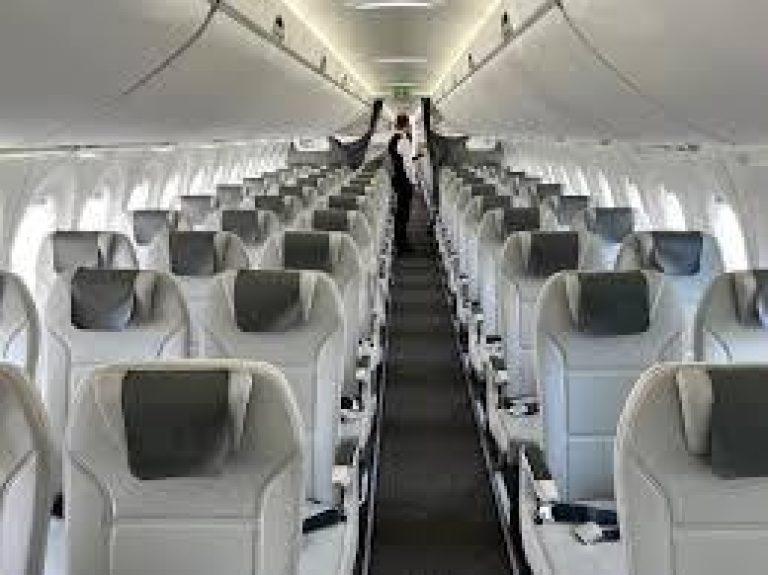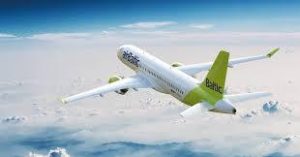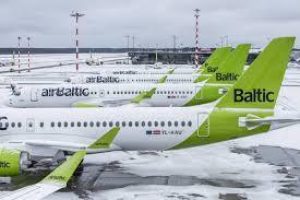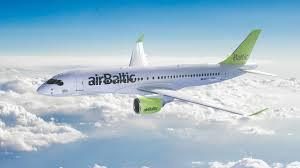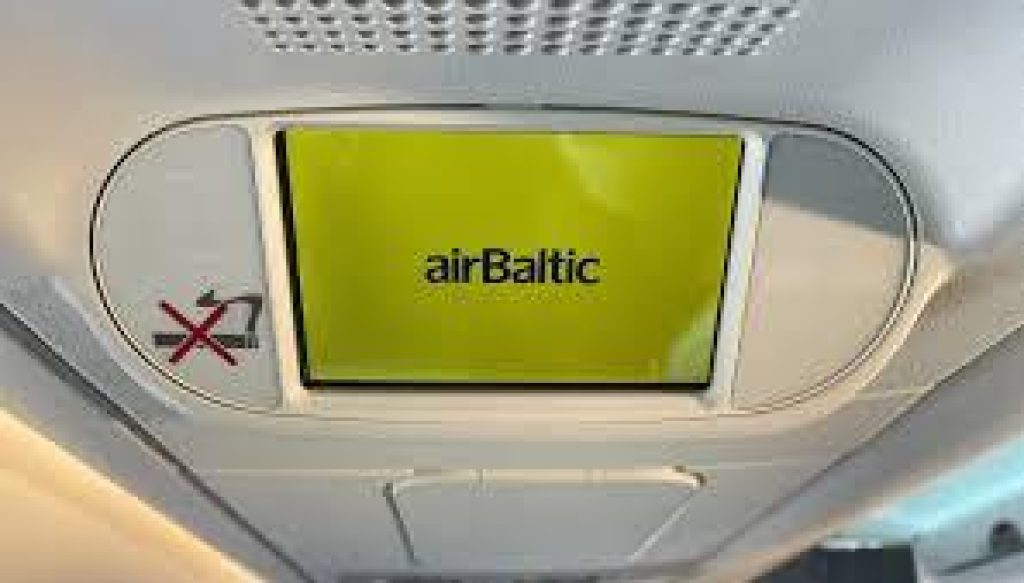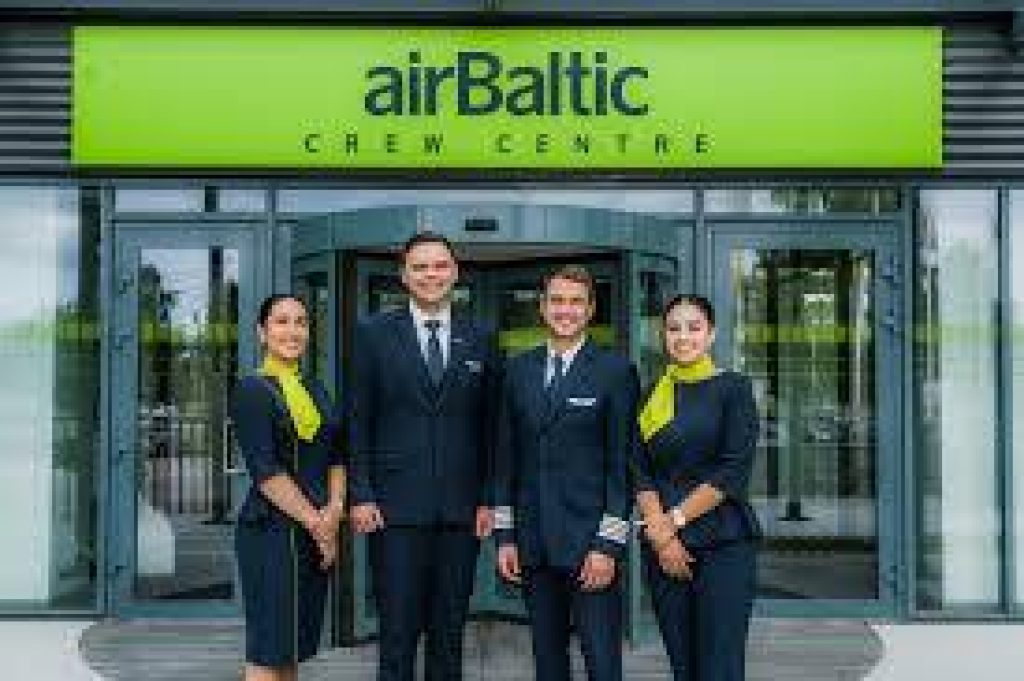Introduction
In the competitive aviation industry, airBaltic has distinguished itself as the leading airline in the Baltic region. Established in 1995, airBaltic, officially known as Air Baltic Corporation, has grown to become Latvia’s flagship carrier, connecting the Baltic states with Europe and the rest of the world. This comprehensive blog post delves into the history, fleet, destinations, customer service, sustainability initiatives, and future plans of airBaltic.
History and Evolution
Founding and Early Years
airBaltic was founded on August 28, 1995, as a joint venture between the Latvian state and Scandinavian Airlines (SAS). The airline’s first flight from Riga to Stockholm marked the beginning of a new era in Baltic aviation. Initially, airBaltic operated a small fleet of Saab 340 aircraft, focusing on regional routes.
Growth and Expansion
The early 2000s saw rapid growth for airBaltic. The airline expanded its route network, adding numerous European destinations and increasing flight frequencies. By 2004, airBaltic had introduced its first Boeing 737s, enabling it to serve longer routes and increase passenger capacity.
Modernization and Fleet Renewal
Recently, airBaltic has undertaken significant modernization. It became the world’s first airline to operate an all-Airbus A220 fleet, significantly boosting efficiency and passenger comfort. The introduction of the A220-300 has allowed airBaltic to reduce fuel consumption and emissions, aligning with its sustainability goals.
Fleet and Operations
Fleet Composition
airBaltic’s fleet consists exclusively of Airbus A220-300 aircraft, known for their fuel efficiency, reduced environmental impact, and enhanced passenger experience. The A220-300 features a spacious cabin layout, large windows, and advanced in-flight entertainment systems, ensuring a comfortable journey for passengers.
Operational Efficiency
Standardizing its fleet has led to numerous operational advantages for airBaltic. Maintenance processes are streamlined, pilot training is more efficient, and the airline can optimize scheduling and route planning. This focus on operational efficiency has bolstered airBaltic’s reputation for punctuality and reliability.
Destinations and Route Network
Expansive Network
airBaltic serves over 70 destinations across Europe, the Middle East, and Asia, with a strong focus on connecting the Baltic states to key cities worldwide. The airline’s primary hub is Riga International Airport, with additional bases in Tallinn (Estonia) and Vilnius (Lithuania).
Strategic Routes
airBaltic’sroute network caters to both business and leisure travelers. Popular destinations include major European capitals such as London, Paris, Berlin, and Amsterdam, as well as holiday spots like Mallorca, Nice, and Tenerife. The airline also offers convenient connections to the Caucasus and Central Asia, expanding its reach beyond traditional European routes.
Seasonal and Charter Flights
In addition to regular scheduled flights, airBaltic operates seasonal and charter services. During the summer, the airline increases flights to popular vacation destinations, while in winter, it offers routes to ski resorts and other winter holiday spots.
Customer Experience
Booking and Check-In
airBaltic provides a seamless booking experience through its user-friendly website and mobile app. Passengers can easily search for flights, compare prices, and book tickets with just a few clicks. The airline also offers a variety of check-in options, including online check-in, mobile check-in, and self-service kiosks at the airport, allowing passengers to choose the most convenient method.
Onboard Comfort
The Airbus A220-300 aircraft feature a modern and spacious cabin with comfortable seating and ample legroom. Large windows, a quieter cabin environment, and advanced in-flight entertainment systems enhance the overall travel experience. Passengers can enjoy a range of entertainment options, including movies, TV shows, music, and games.
In-Flight Services
airBalticoffers a variety of in-flight services to cater to different passenger needs. These include a selection of meals and beverages, duty-free shopping, and special services for families, such as children’s meals and entertainment packs. The airline also provides Wi-Fi connectivity on select flights, allowing passengers to stay connected during their journey.
Frequent Flyer Program
The airBaltic Club frequent flyer program rewards loyal customers with points for every flight, which can be redeemed for various benefits, including free flights, upgrades, and additional services. The program features multiple tiers, each offering its own set of perks, such as priority boarding, extra baggage allowance, and access to exclusive lounges.
Sustainability Initiatives
Environmental Responsibility
airBaltic is committed to reducing its environmental impact and promoting sustainable aviation. The airline’s decision to operate an all-Airbus A220 fleet plays a crucial role in this effort, as the aircraft is one of the most fuel-efficient in its class. The A220-300’s advanced aerodynamics and lightweight materials help reduce fuel consumption and CO2 emissions.
Carbon Offset Program
To further mitigate its environmental footprint, airBaltic has introduced a carbon offset program. Passengers can voluntarily offset the carbon emissions from their flights by contributing to certified environmental projects. These projects focus on reforestation, renewable energy, and energy efficiency, helping to balance the airline’s carbon output.
Sustainable Practices
airBalticimplements various sustainable practices across its operations. These include reducing single-use plastics, minimizing waste, and optimizing flight paths to reduce fuel consumption. The airline also collaborates with airport authorities and industry partners to promote sustainable aviation initiatives.
Future Plans and Innovations
Expansion and Growth
airBaltic has ambitious plans for future growth. The airline aims to further expand its route network, adding new destinations and increasing frequencies on existing routes. By 2025, airBaltic plans to operate a fleet of up to 50 Airbus A220-300 aircraft, enhancing its capacity and operational flexibility.
Digital Transformation
To stay competitive in the rapidly evolving aviation industry, airBaltic is investing in digital transformation. The airline is developing advanced technologies to improve the passenger experience, streamline operations, and enhance safety. These innovations include artificial intelligence, predictive maintenance, and personalized customer services.
Sustainability Goals
airBalticis committed to achieving its long-term sustainability goals. The airline aims to become carbon-neutral by 2050, in line with the International Air Transport Association’s (IATA) target. To reach this goal, airBaltic will continue to invest in fuel-efficient aircraft, explore alternative fuels, and implement sustainable practices across its operations.
Challenges and Opportunities
Navigating the COVID-19 Pandemic
The COVID-19 pandemic has presented significant challenges for the aviation industry, including airBaltic. The airline had to temporarily suspend operations and adjust its route network in response to travel restrictions and reduced demand. However, airBaltic has demonstrated resilience by quickly adapting to the changing landscape and implementing comprehensive health and safety measures.
Opportunities for Innovation
Despite the challenges, the pandemic has also created opportunities for innovation. airBaltic has embraced digital solutions to enhance the passenger experience and improve operational efficiency. The airline has introduced contactless check-in and boarding processes, as well as advanced cleaning and sanitization protocols to ensure passenger safety.
Expanding Market Presence
airBaltic’sstrategic location in the Baltic region positions it well to capture market opportunities in Europe and beyond. The airline’s focus on connecting the Baltic states with key destinations, combined with its modern fleet and commitment to customer service, provides a strong foundation for future growth.
Conclusion
airBaltic stands out as a leading airline in the Baltic region, known for its modern fleet, extensive route network, and commitment to sustainability. From its humble beginnings to its current status as a prominent player in the aviation industry, airBaltic has continuously evolved to meet the needs of its passengers and stay ahead of industry trends. As the airline looks to the future, its focus on innovation, sustainability, and customer satisfaction will undoubtedly continue to drive its success. Whether for business or leisure, airBaltic remains a top choice for travelers seeking reliable and comfortable air travel in the Baltic region and beyond.
